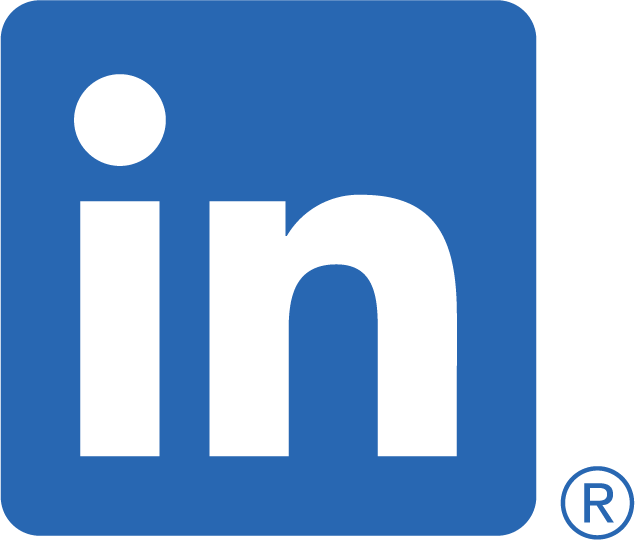The Changing Priorities for CEOs in 2022
Blog

istock.com/Tom Merton
12 February 2022
CEOs have known for a long time that they must embrace change and uncertainty. But none have been trained to navigate the many multidimensional, evolving, and overlapping disruptions we see at the beginning of 2022.
Take the forces that are redefining competition in virtually every industry: climate change, the rise of artificial intelligence and other emerging technologies, the increase in cyber-attacks, and the mounting demands for greater diversity, equity, and inclusion. Then consider the macroeconomic uncertainties and tectonic shifts in the business landscape triggered by the pandemic—severe supply-chain bottlenecks, the transition to remote and flexible work, and dramatic changes in consumer behavior.
In a survey done by Deloitte in January last year, CEOs described 2021 as the year of hope. One year later, looking back on their lived experience, many CEOs believe that year was truly challenging, chaotic, unpredictable, and exhausting. The recent past has undoubtedly influenced their expectations from 2022. However, even with the threat of Omicron, many CEOs cautiously predict 2022 to be hopeful and focused on “recovery” and “opportunity” although still “uncertain”.
| Business Environment | 2021 | 2022 |
|---|---|---|
| Forecasted scenario | Hope | Hopeful/ Uncertain, Opportunity, Optimistic, Recovery |
| Actual | Challenging, Chaotic, Exhausting, Long, Unpredictable, Volatile |
What is on the 2022 risk radar?
What will the next 12 months bring for the C-suite across the cross-section of industries? While we cannot foresee the future, we can prepare ourselves for the potential risks. Based on recent research by EY, the coming months will likely present risks ranging from the economic to the geopolitical. However, those who successfully navigate the headwinds could unlock the potential for a jumpstart to growth. The following are some of the risks predicted for the future:
-
Inflation
The consumer price index is skyrocketing, moving faster than it has in two generations—a trend the US Federal Reserve has stated it will work to stabilize. Whether inflation in a given industry is driven by nascent demand or supply constraints, companies that navigate this inflationary back-and-forth—whether by leveraging procurement, pricing, or balance sheet strategies—could gain market share. With talent mobility constraints and an existing skill mismatch, there are visible signs of wage inflation that might get entrenched for the long term and further impact inflation.
-
Talent engagement or exodus
A record number of employees have left or are planning to leave their jobs. In the United States, voluntary attrition increased by almost 800,000 in the past year, while involuntary attrition decreased by almost 400,000 during the same period. Going forward, businesses may want to consider ways to balance investment in both developing talent and finding tools to increase productivity. Do that many people really want to leave their employers? Time will tell. However, we believe that people want to be loyal to their organizations. But they are looking for more than just a job. COVID-19 has made us realize that we do not want to live to work. We want to work to live. So we want our work to provide better compensation, increased flexibility, a deeper connection to peers, leaders, and most importantly, a strong sense of purpose. How can organizations recalibrate? The first step is to listen. Find your happiest people and discover what makes them happy. Identify your least satisfied team members and ask them what would make them happy at work. What are their biggest frustrations? The key is to start reimagining a better, healthier work culture together.
Next, empower and enable your best people to have the agency and resources to make work better. Sit down with them and ask, “What are your specific ideas? If you could change anything about working here, what would it be? What do you need from me in order to experiment with changes?” Empowering employees goes a long way in building a loyal, productive, and connected workforce.
-
Supply chain shortages
The pandemic taught everyone a lesson about supply chains. Focusing on cost per unit, being incredibly lean, and perfecting ‘just-in-time’ worked well in a stable world. But saving every single penny out of cost comes at its own cost. It is time to set aside some of the economics and dedicate more funds to making one’s supply chain more resilient because the cost of disruption can far exceed anything you are saving. The sudden surge in demand has provoked a traffic jam of historic proportions in the global supply chain. While significant blockages are linked in part to the labor shortage, the use of digital tools could help give companies an edge. Research shows that companies successfully solving the supply chain riddle were 2.5 times more likely to have used preexisting advanced analytics tools.
-
The Omicron impact
As the Omicron variant spreads, there are more questions than answers about its infectiousness, immune evasion, and severity. This next phase of the pandemic will likely be a revealing test of leadership. Leaders may want to consider continued action on three imperatives: clarifying purpose, supporting stakeholders, and bolstering emotional and organizational resilience.
How can a CEO respond to these risks?
For CEOs, now may be the time to examine their priorities and strategy, and consider the following to gauge whether they are ready for the next growth jolt.
-
Are you adopting a strong growth mindset in your medium-term strategy as the pandemic evolves?
-
Are you spending as much time creating new businesses as you are improving your business? (Growth opportunities)
-
Are you embracing new technology as quickly and holistically as you did new ways of working at the start of the pandemic? (Digital)
-
Are you investing in human capital with the same discipline and intensity as your capital expenditures? (Talent)
-
Are you remapping your global footprint in response to outside stressors? (Supply Chain)
-
Are you jump-starting a strong growth orientation in your leadership team and board? (Strategic response)
In conclusion
As the C-suite navigates the ongoing complexities and uncertainties in both their external and internal environments, their focus should be on building trust among all stakeholders including their employees. It is imperative that CEOs continue to work closely with the CFO, COO & CHRO to ensure all aspects of the customers, operations, employees & financial risks are assessed & mitigated.








